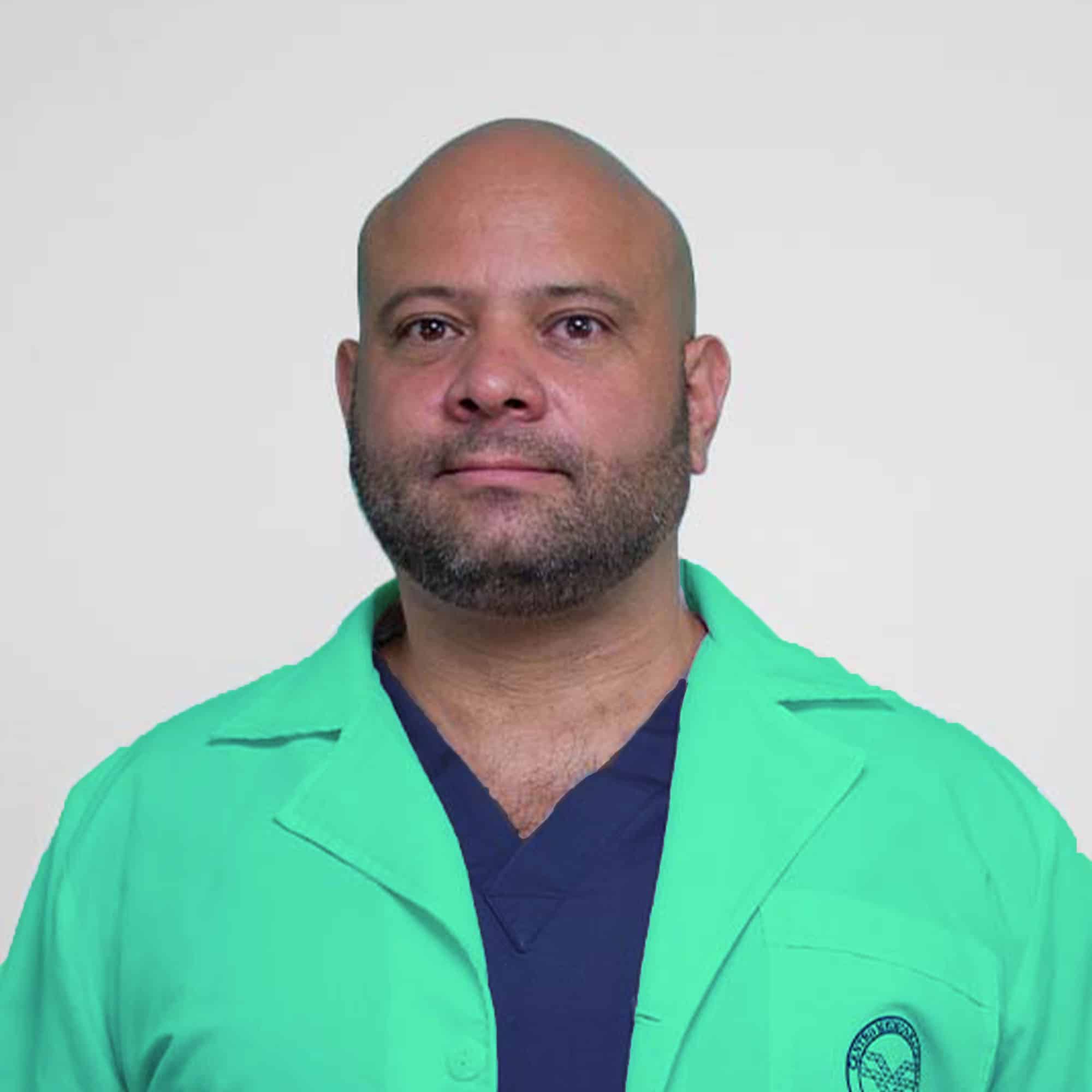Dental Floss: If it’s so important to our hygiene, why don’t we do ever?
We are sure that you are aware of the importance of following good oral hygiene habits and that you try to be rigorous with brushing and rinsing.
In addition, your dentist has probably recommended several times that you floss your teeth after brushing. However, you may belong to the 90% of the population who admit that they do not include this hygiene measure in their brushing routine.
Although dental floss should never replace the toothbrush, its use is complementary -and necessary- if we want to carry out a complete oral cleaning.
That is to say, floss should be used after brushing -or at least once a day-. In this way, we will be able to access the small dental floss and toothbrush spaces where the toothbrush does not reach easily and food debris has to be stored.
This accumulation of food debris leads to the formation of bacterial plaque, which eventually generates various oral problems of varying severity, such as interdental caries or periodontitis or pyorrhea.
Dental floss or interproximal brush?
In addition to dental floss, there is another utensil that shares the same mission of cleaning the nooks and crannies in our mouth: the interproximal brush. Although their purpose is the same and they should be used with the same frequency, both tools should not be used interchangeably.
Dental floss is used in cases where interdental spaces are practically non-existent, that is, when teeth are stuck together.
Interproximal brushes, on the other hand, are indicated in cases where the teeth are separated from each other. In this case, it is necessary to find the interdental brush of the most suitable size, as there are different thicknesses.
Thicknesses of interdental brushes
Different sizes of interdental brushes
Although the best recommendations on the right thickness can be offered by our dentist, in a general way we can say that we should choose a brush that goes into the gaps between the teeth loosely. In this way, it will be the filaments that contact the teeth, instead of the wire.
How to use dental floss and interproximal brushes correctly?
Having mentioned the importance of using dental floss and the interproximal brush, it is equally important to emphasize the need to use these utensils correctly.
In other words, incorrect use of floss and interproximal brushes can damage the gums and can be even more harmful than not using them at all.
You will be interested in » What is dental erosion? Causes and treatment
Dental floss
Our dental hygienist explains how to use dental floss
The first step when using it is to cut approximately 40 centimeters of floss.
Once we have it, we will introduce the floss gently between the teeth and pass it through each of the interdental spaces, exerting lateral pressure against the tooth, not against the gum.
It is important that each time we pass the floss we do it through a new part, since if we use the same area of the floss for all the interdental spaces it will not be clean and we will carry the dirt to the rest of the places.
The floss is used when the interdental spaces are practically non-existent and the interproximal brush when the teeth are separated from each other.
Interproximal brush
In order to use the interproximal brush correctly, it should be carefully introduced into the space and then make horizontal movements in and out.
This type of brush is especially useful for people who suffer from periodontitis and must be very rigorous with hygiene to keep the disease under control. These patients usually have spaces between the teeth due to bone loss and gum recession.
At first you may not find it easy to familiarize yourself with the movements necessary to floss or brush your teeth correctly. However, as you get used to it, you will notice a better cleaning and these utensils, depending on your needs, will become an indispensable complement to your brushing.
If you need our doctors to assess the state of your oral health, don’t let it pass you by and make an appointment.
Call us at +1 619 372 5409 🇺🇸 +52 664 590 8321 🇲🇽 , or use the contact form on our website, and ask for your first free appointment.
We will give you a complete diagnosis and an estimate without obligation.
You will be interested in » Orthodontics and pregnancy: is it compatible or will it cause me problems?
At DrAW Dental Clinic we are guided by editorial guidelines that ensure the accuracy of all the information we publish. If you would like to know more about how we ensure that our content is up-to-date and properly supported, we encourage you to read our editorial commitment.
Did you find this a 5 star article?
Leave us your rating:
- About the Author
- Latest Posts
The distinguished Dr. Alberto Wintergerst Fisch is an specialist in Maxillofacial Surgery and has more than 15 years of experience in various prestigious institutions such as DrAW Clinic and Dental Glaf.
He trained as a Dental Surgeon at the National Autonomous University of Mexico, later he completed a specialty in Oral and Maxillofacial Surgery at the same institution and a Master’s Degree in Health Organization Administration at La Salle University.
He is attached to the National Medical Center “20 de Noviembre” of the ISSSTE and certified by the Mexican Board of Oral and Maxillofacial Surgery.
Thanks to this, Dr. Wintergerst Fisch is recognized as one of the best specialists in Oral and Maxillofacial Surgery in Mexico City and the country.
Related Posts


